Last Summer (1969)
“When you’re with me, you can be so gentle… But when you’re with them, you’re completely different!”
|
Synopsis: |
|
Genres, Themes, Actors, and Directors:
Review: Last Summer features fine, natural performances by all four of the teenage leads: Hershey (impossibly young) is perfectly cast as a sexy, intelligent, potentially disturbed young woman who is 100% confident in the sway she holds over her horny adolescent male friends; Thomas and Davison — one sensitive, the other brash and cocky — are well balanced against each other, and are entirely believable as buddies; and Burns — whose performance garnered her an Academy Award for best supporting actress, yet whose film career never really took off after this — is both brave and vulnerable in a complex role. At first, Last Summer appears primarily concerned with the bantering dynamics between Hershey, Thomas, and Davison; one fully expects the souring of their sex-tinged love triangle (who will “win” Hershey’s affections?) to dominate the script, but it doesn’t — instead, a new character (Burns) conveniently emerges on the scene, providing a catalyst for change. Eleanor’s screenplay does an excellent job depicting both the normal anxieties of adolescence — a preoccupation with sexuality; a burning desire to fit in; a need to fill long summer hours with fun and excitement, including experimentation with drugs — and signs that this particular coming-of-age tale possesses more than a hint of pathology. An opening subplot about a wounded seagull which Hershey and her friends nurse back to health parallels the second half of the film, in which Burns is the “fragile” outsider whose well-being rests on the graces of her fickle new friends. Other hints of dysfunctional power dynamics are given along the way as well, including the trio’s measured reaction to Burns’ story about her mother’s accidental death by drowning, and the way in which they treat a kind Puerto Rican (nicely played by Ernesto Gonzalez) who Hershey has located through a computer dating service. The film’s infamously shocking ending (don’t read too many comments on IMDb, or you’ll immediately encounter spoilers) takes a while to absorb, and — particularly in its R-rated edited version (the film originally received an X rating) — isn’t entirely clear. Nonetheless, it somehow serves as a fitting capstone to this undeniably disturbing and memorable tale, which is difficult to watch but remains a powerful viewing experience. Redeeming Qualities and Moments:
Must See? Categories
Links: |
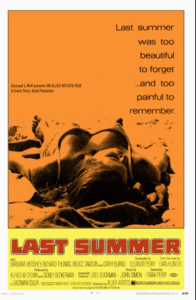

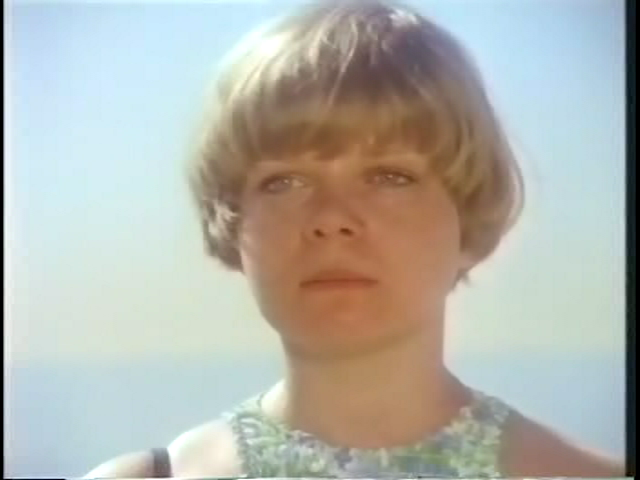
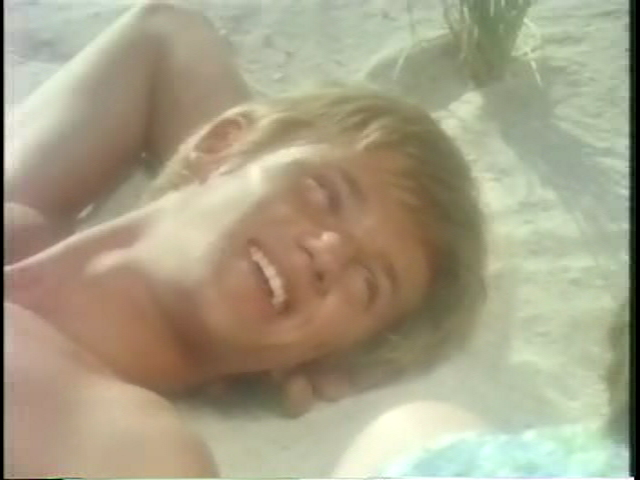
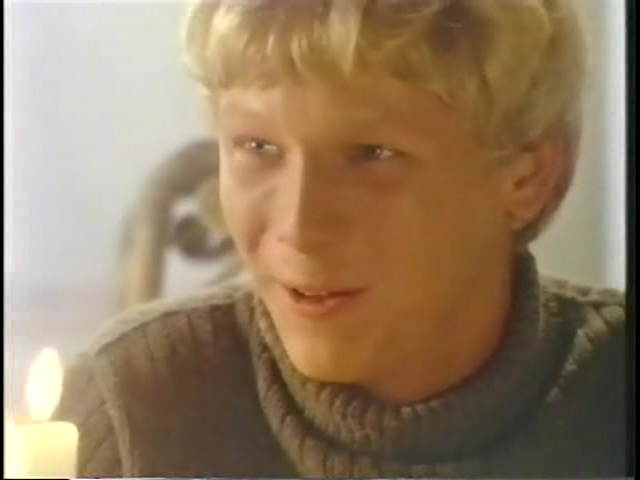
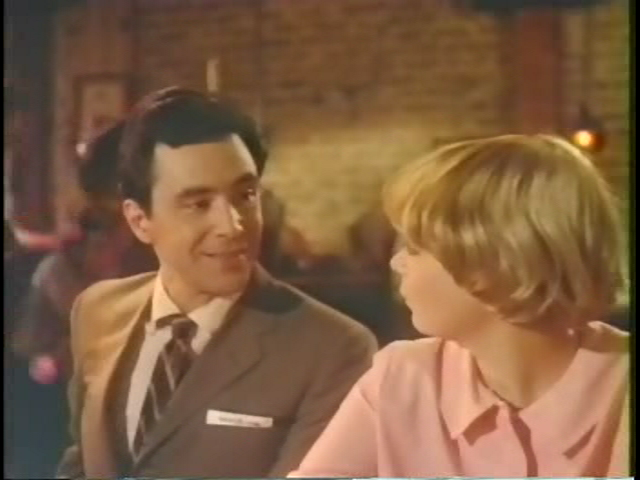
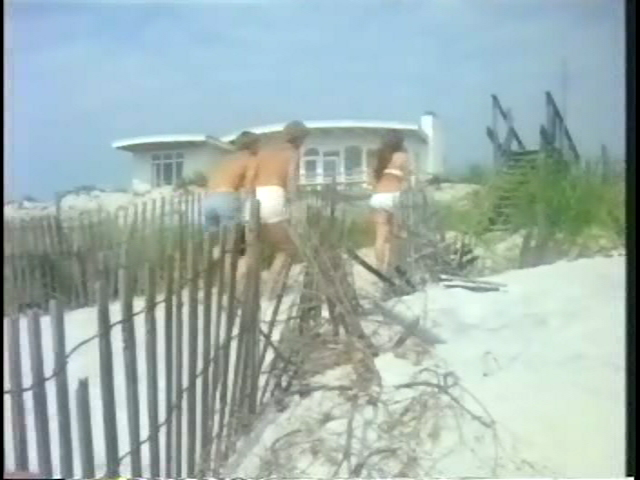
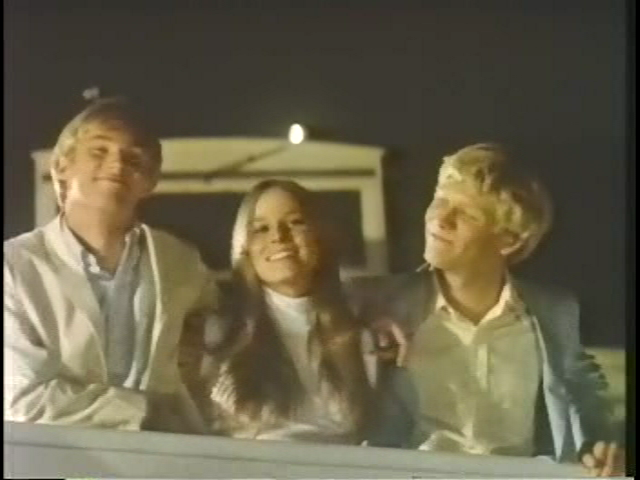
3 thoughts on “Last Summer (1969)”
A must.
And now a story:
I was 11 when the film of ‘Who’s Afraid of Virginia Woolf?’ came out – specifically to our local drive-in. On a weekend night, my cousin Pat and friend (later to be a best bud) Kathy drove by our place to pick up my sister Jane. Of course, I was too young to be allowed to go along – alas. It was THE controversial movie of the year, after all. So it was several years until I finally saw it. (Films would, of course, disappear for periods in pre-VHS days.)
But a year later, when I was 12, out came ‘The Graduate’. I was too young to see that, too. But it was playing at a theater I could walk to. Which I did. I sat through it a few times in a row. And came out dazed and confused – but not all THAT confused. One thing I realize in looking back is that, like ‘…VW?’, ‘The Graduate’ was still a movie about grown-ups, even though it had college-age characters. It shocked me. It was actually a kind of assault. But it was still distant.
In 1968, ‘The Killing of Sister George’ was thrust upon us. At the time, there was a film rating system in place (not as strong the year before) and the X-rating for that film was strictly enforced, as well it should have been. I wasn’t that bothered, though. At the time, lesbians were pretty foreign…even to me.
At 14, ‘Last Summer’ was released. Here was a film with hardly an adult in sight; a film focused on characters near my own age. (The assessment here very adequately breaks the film down.) For some reason, the theater was lax with the rating for that one and I was allowed in. Should I not have seen it at 14? I suppose that’s rhetorical. I don’t know that it damaged me at that age, really. But it was a combo of intriguing and unsettling at the time. A far cry from the Beach Party movies of just a few years prior.
Seeing it again now, I still think it’s very powerful. Of course, the seagull/Rhoda metaphor is a bit much. And, tho Burns’ performance (esp. her long monologue) is often impressive, I don’t know how believable it is that these particular teens would put up with that much kvetching from her. These fine points aside, though, the film has an undeniable urgency. Yes, it’s perfectly cast. And the power dynamics are very real.
A sidebar: the score of the film is quite clever – comprised of work by complete unknowns which nevertheless sounds perfectly period. And the film’s instrumental theme song is appropriately haunting.
I’d like to see this in a cleaned-up DVD print. I have a memory of the photography being striking when I first saw it. Actually, Fire Island is a terrific and evocative setting for a film. It was used for ‘Longtime Companion’ and, I believe, Woody Allen’s ‘Interiors’.
As noted, director Perry and his wife Eleanor made one more major film after this before splitting. When you think about the angst in their subject matter, you have to stop and wonder if a split is all that surprising. Perhaps if they had done at least one comedy…?
Finally, a year later, ‘out came’ ‘The Boys in the Band’. Watershed years these, yes? I remember thinking, gee, all these poor gay guys. And I thought it was funny and sad – but we were back to the land of adults. None of these guys were like a teenage kid. …But I sure did appreciate the gesture.
Rewatched ‘Interiors’ last night cause my partner hadn’t seen it. He pointed out to me that the beach scenes are probably not in Fire Island but the Hamptons. Oops.
Sadly, according to Wikipedia, all 35mm materials for this are lost and only a 16mm print was found in Australia. It was returned to the USA in the early ’90s.
https://en.wikipedia.org/wiki/Last_Summer
A film I’d never heard or or come across until Tim Lucas published a blog (11.8.2021) displaying what was playing in Cincinnati 50 years ago.
http://www.videowatchdog.com/home/home.html
That might explain why it’s been hard to see and the original ‘X’ version seems completely lost with only the ‘R’ reissue surviving.